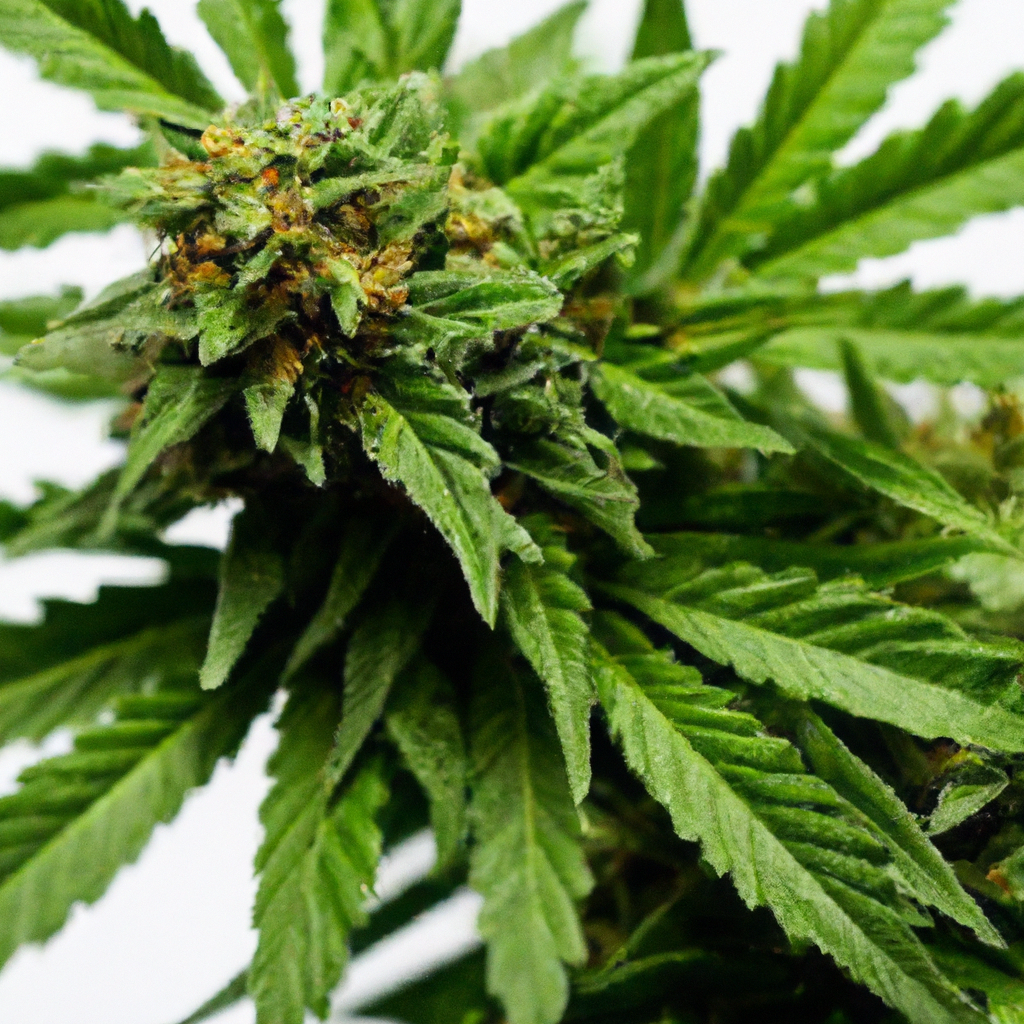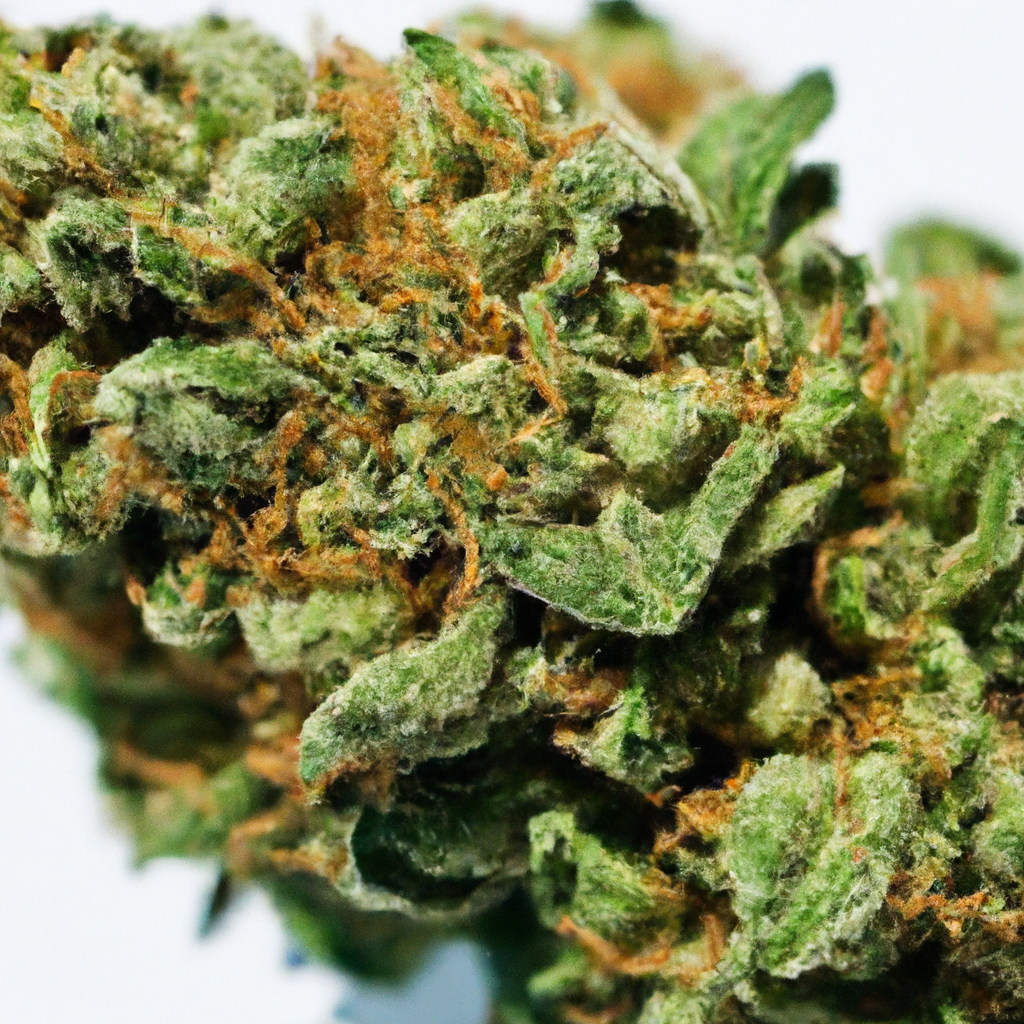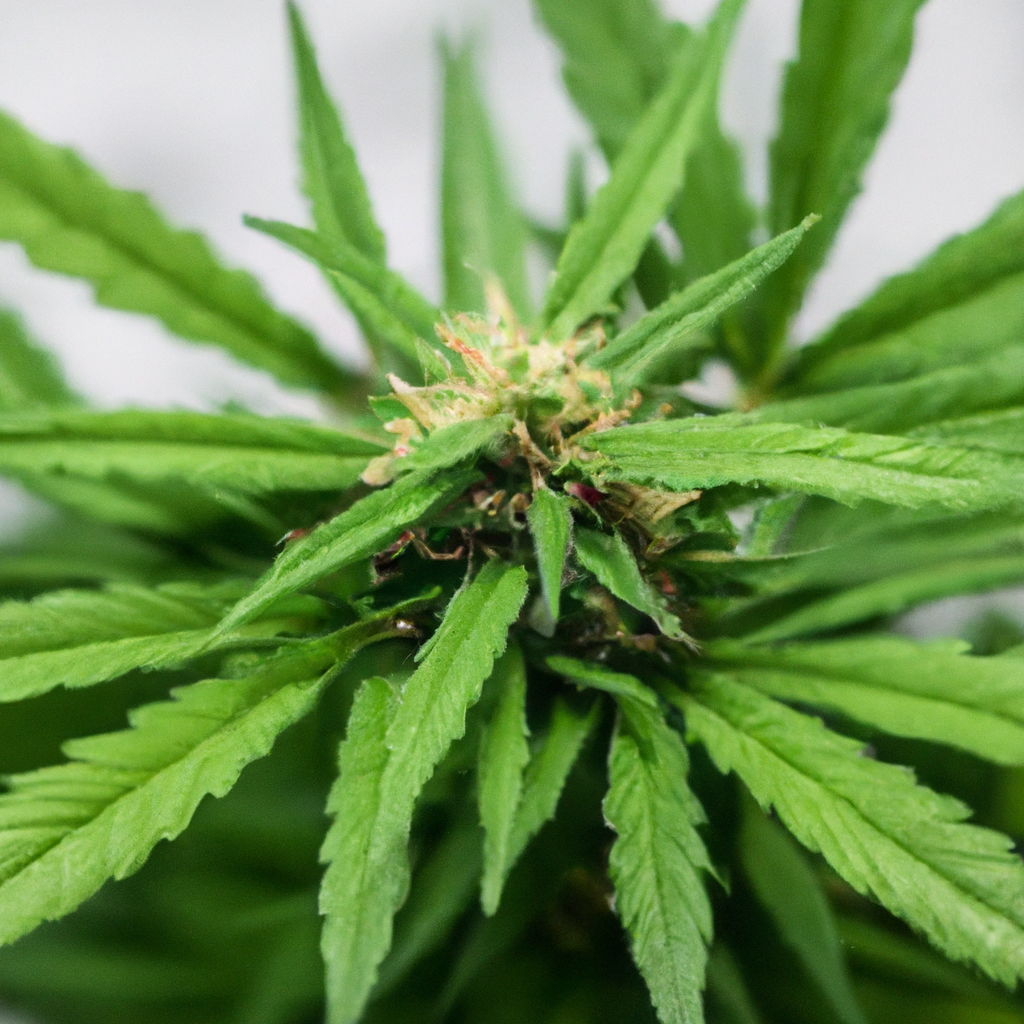Your cart is currently empty!
Tag: health benefits

As athletes explore ways to enhance recovery and performance, cannabis emerges as a promising ally. Compounds like CBD and THC interact with the body’s endocannabinoid system to manage pain and reduce inflammation, essential for recovery. Benefits for athletes include pain relief, inflammation reduction, and improved sleep quality. However, athletes should consider potential risks, like THC’s…

Explore the fascinating world of cannabis terpenes, the aromatic compounds responsible for the plant’s distinctive scents and flavors. This article examines how different terpenes, such as limonene, myrcene, pinene, and linalool, contribute to the therapeutic properties of cannabis, offering potential benefits like stress relief, relaxation, and enhanced mood. It also discusses the “Entourage Effect,” where…

The entourage effect describes the synergistic interaction of cannabis compounds such as cannabinoids, terpenes, and flavonoids, enhancing therapeutic efficacy and creating a holistic approach to medical cannabis treatments. Unlike isolated compounds like THC and CBD, whole-plant extracts capitalize on this interaction to produce more significant therapeutic benefits and modulate psychoactivity. Scientific research supports the entourage…

Cannabis bioavailability is crucial for effective consumption, as it determines how well cannabinoids are absorbed into the bloodstream. Different methods offer varying results: inhalation provides quick effects with high bioavailability, edibles have delayed and longer-lasting effects but lower availability, and sublingual tinctures allow for faster absorption with higher bioavailability. Formulations, such as nano-emulsifications and fatty…
The intersection of cannabis use and cardiovascular health is gaining attention, especially with increasing legalization. This article delves into current scientific research on cannabis’s varied effects on heart rate, blood pressure, and overall cardiac function. While THC may elevate heart rate, CBD might reduce inflammation. Understanding potential risks for individuals with pre-existing heart conditions is…

Integrating mindfulness into cannabis consumption is becoming increasingly popular as it allows users to develop a deeper connection with the plant. By applying intentionality and presence, individuals can enhance well-being and elevate their experience, gaining greater appreciation and understanding of different strains. This mindful approach promotes reduced overconsumption, improved mental health, and a deeper cultural…

Cannabis, known for its cannabinoids like THC and CBD, also contains flavonoids, a lesser-known but crucial component. This article explores cannabis flavonoids, revealing their antioxidant and anti-inflammatory properties, and potential benefits in managing pain, reducing cholesterol, and enhancing heart health. Flavonoids also contribute to the plant’s aroma and color, enhancing the sensory experience and the…

From ancient uses to modern applications, medical cannabis has been pivotal in natural remedies across diverse cultures. Its history traces back to civilizations like the Chinese and Egyptians, who utilized its medicinal properties. Despite being recognized in Western medicine from the 19th century, the legal landscape today is complex, with varying acceptance worldwide. Scientific research…
As cannabis legalization spreads globally, understanding its effects on cardiovascular health is crucial. The article examines the complex interactions between cannabinoids like THC and CBD and the heart. THC is known to increase heart rate and pose risks for those with existing heart conditions, while CBD might offer anti-inflammatory benefits and aid in blood pressure…

Discover how cannabis compounds like THC, CBD, terpenes, and flavonoids combat oxidative stress and promote better health. Cannabis plants are rich in antioxidants, offering benefits such as neuroprotection, inflammation reduction, and immune system support. Emerging research highlights the potential of these compounds to reduce neurodegenerative disease risks and bolster overall health through their antioxidative properties.…
